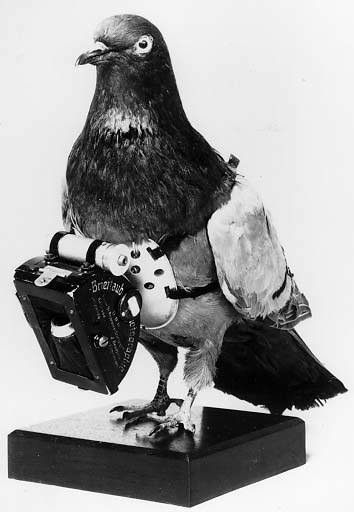-
“Little Feathered Heroes”: Camp Pike’s Pigeon Service, 1917-1919

-
“Very Gallant Gentlemen:” The Pigeons of the Royal Naval Air Service, 1916-1918 A.D.
The United Kingdom’s Royal Air Force (RAF) enjoys the honor of being the world’s first independent air force. For over 100 years, the RAF has protected Britain’s skies and air space from harm, playing a major role in the Second World War and the Cold War. Few people, however, are aware of the RAF’s predecessors…
-
The Martyrs of Nomain: A Tale of Pigeons and Spycraft During the Great War
For all practical purposes, the Great War began when Germany invaded Belgium on August 4th, 1914. Despite the valiant efforts of the Belgian Army, it was an unfair fight and the small country was quickly overrun. For the duration of the war, German military authorities occupied nearly the entire territory. This is common knowledge, yet…
-
The Kingdom of Serbia’s Pigeon Stations: 1908 – 1918 A.D.
The Balkan Peninsula was a hotbed of activity during the latter-half of the 19th century. The Ottoman Empire had ruled the region for centuries, but a rise in ethnic nationalism challenged the status quo. Following a series of wars and rebellions, the Sick Man of Europe gradually receded from the Peninsula. At the close of…
-
Pigeon Heroes of the Great War: Spike
Many of the famed war pigeons we’ve discussed at Pigeons of War were maimed in battle. This is not surprising, given that the birds served in active war zones. As visible targets flying over enemy lines, pigeons frequently lost legs, eyes, and wings. But some pigeons manage to remain injury-free in war. This week, we…
-
The Poilus: A Tale of Two War Pigeons
Many of the pigeons that participated in the Great War received names related to the conflict. The first American pigeon to deliver a message from the trenches was named Gunpowder, while British soldiers called one prominent bird Dreadnought. It should not come as a surprise, then, to learn that at least two pigeon heroes of…
-
How to Sabotage Military Pigeons: A Primer
Since the Siege of Paris (1870-71), armies have tried to neutralize military pigeons. The reasons for this are easy to understand—pigeons allow the enemy to request aid and to receive confidential information from spies. To put a stop to these birds, militaries have recruited sharpshooters and hawks to dispatch them, or released intercepted pigeons with…
-
August De Corte: How Uncle Sam Stiffed An Innovative Pigeoneer During World War One

A declaration of war is often accompanied by economic opportunities. Governments invest heavily in industry to meet demand and fortune often follows those lucky enough to get a contract. But not in every case. Today, we discuss the plight of August De Corte, a pigeon fancier-cum-inventor who advised the United States Army Signal Corps during…
-
Old Anchor: A Naval Pigeon That Jumped Ship During World War One
In the final months of the Great War, the German Army frequently left behind their pigeons as they beat a hasty retreat from encroaching Allied forces. Many of these abandoned birds, as we’ve previously written about, were eagerly adopted by the Americans, who incorporated them into breeding programs back stateside. But Germany’s Army was not…
-
Birds of Prey vs. Pigeons of War

Pigeons and birds of prey have had a troubled relationship since the beginning. As nations rushed to set up military pigeon services in the 19th century, officials devoted ample resources to preventing bird-on-bird attacks. This was a serious concern for militaries. Hawks, falcons, and even owls could quickly annihilate an entire flock of pigeons during…
